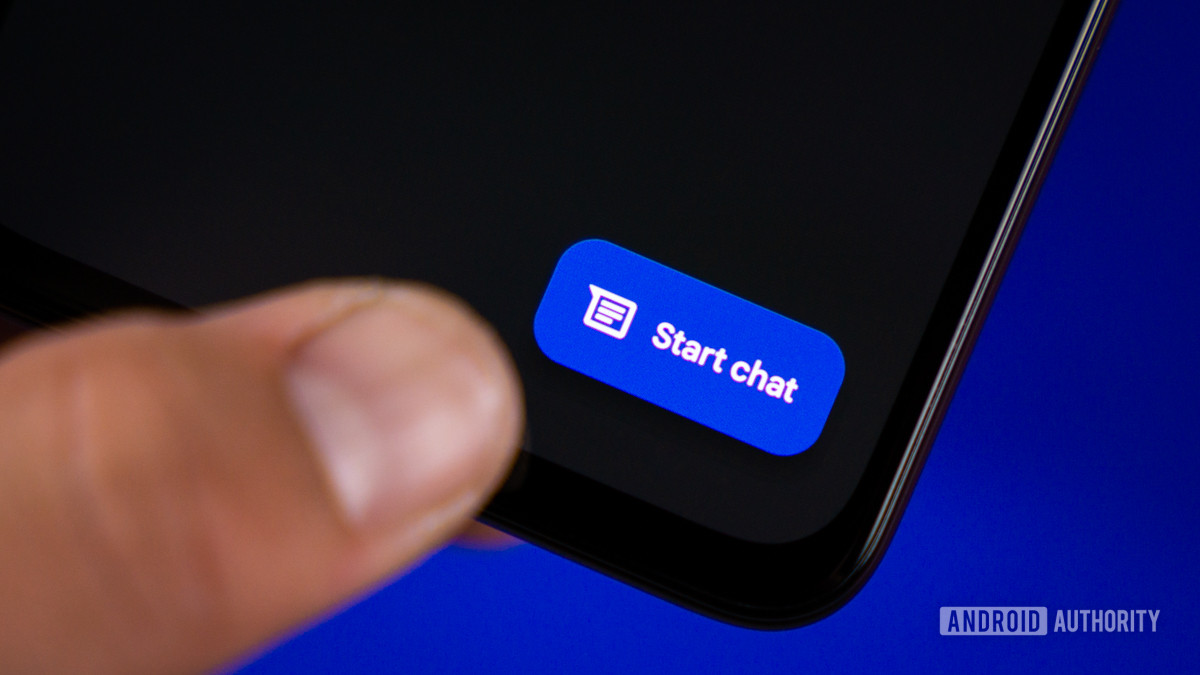Notoriously, Apple doesn’t admire to play nice with Android. Steve Jobs called the operating system “stolen,” and there are a number of arbitrary barriers between the two platforms — in the iPhone’s Messages app, non-Apple devices are flagged with green bubbles, and the company only recently conceded the need to uphold RCS messaging. You should still able to get SMS and MMS messages from an iPhone if you’re an Android user, however — here’s how to fix things if you’re not.
How to fix Android not receiving texts from an iPhone

Edgar Cervantes / Android Authority
There are a few possible software causes for this issue, but also carrier-related ones. We’ll cover all the angles we can in the troubleshooting steps below — if nothing stands out, try running through them one-by-one. We’ve saved the most drastic option for last.
- Verify that your cellular connection is active and has decent signal strength. Because Android and iOS can only exchange texts via SMS, MMS, or soon RCS, you need a working cellular link. Disable Airplane Mode if you’re using it, and make sure that cellular data is on. On most Android devices, you can go to Settings > Network and internet > Internet, tap the gear icon next to your carrier, then glance at the Mobile data toggle. recollect also that if your signal strength is weak, texts might not work regardless, even when your phone claims you have coverage.
- Doublecheck the iPhone’s SMS and MMS options. Have the other person open the Settings app on their iPhone, then scroll down and select Messages. Two options should be enabled: Send as SMS and MMS Messaging. The first is absolutely necessary, since it lets texts go out over SMS if they can’t be delivered via iMessage (which is proprietary to Apple devices). If the second isn’t on, you simply won’t acquire any content that contains media admire photos.
- Scan your blocked contacts, and edit them if necessary. It’s entirely possible to block a person by accident, or block them out of temporary frustration only to neglect later on. Run through your blocked numbers list and unblock any of the ones you want to hear from again.
- Update Android and its apps/components. If you haven’t checked for updates in a while, it’s possible that you’re using an outdated version of Android and/or its core components, such as Google Messages. Update Android if you can, or at least update apps and components using the Google Play Store. Even if this doesn’t overcome your texting issues, you’ll at least be able to govern something out.
- If you’re a former iPhone user, delete your number from iMessage. If your current phone number is still linked to iMessage, texts may be delivered that way instead of SMS or MMS, and of course you won’t be in a position to get them. If you still happen to have your iPhone, you should go to Settings > Messages and switch off iMessage, and go to Settings > FaceTime to disable that as well. Since you probably don’t have your iPhone anymore, you’re more likely going to need Apple’s Deregister iMessage web tool.
- Restart your phone. However unlikely it is, there’s always the possibility of a temporary cache-, carrier-, or process-related glitch that will go away after a reboot.
- Clear out your messaging app’s cache. To be doubly sure, you can try clearing out your messaging app’s cache directly.
- Reset your phone’s network settings. Always treat this as a last resort, for the simple reason that your phone will neglect its network logins, requiring you to reconnect as if they were fresh. The good news here is that in recent versions of Android, Google has introduced a Reset Mobile Network Settings option that will leave your Bluetooth and Wi-Fi pairings intact. If you’re ready to get started, follow our guide.

